Written by: Emma Cyrus, Senior Copy, Content & Editorial Writer
Reviewed by: Benjamin Ibanez, General Manager & Interior Designer at FCI
Edited by: Zoona Sikander, Interior Design Writer & Social Media Content Creator
The kitchen design has evolved from a purely functional space into the heart of the modern home – a sanctuary where culinary artistry meets social connection. For discerning homeowners, the challenge lies not merely in creating a beautiful kitchen, but in crafting one that transcends fleeting trends whilst embracing contemporary innovation. This delicate balance between modern functionality and classic refinement defines what we consider truly timeless luxury.
In my experience working with clients across the UAE and beyond, I’ve observed that the most successful luxury kitchens are those that respect architectural heritage whilst incorporating the technological advances that enhance our daily lives. These spaces possess an inherent sophistication that feels both rooted in tradition and entirely relevant to contemporary living.
The art of mixing modern and classic elements requires a discerning eye and deep understanding of design principles. It’s about creating a dialogue between past and present – where a handcrafted limestone worktop might neighbour state-of-the-art induction technology, or where traditional joinery techniques frame contemporary handle less cabinetry. The result should feel effortless, as though the space has evolved naturally over time.
Understanding the Design Philosophy Behind Fusion
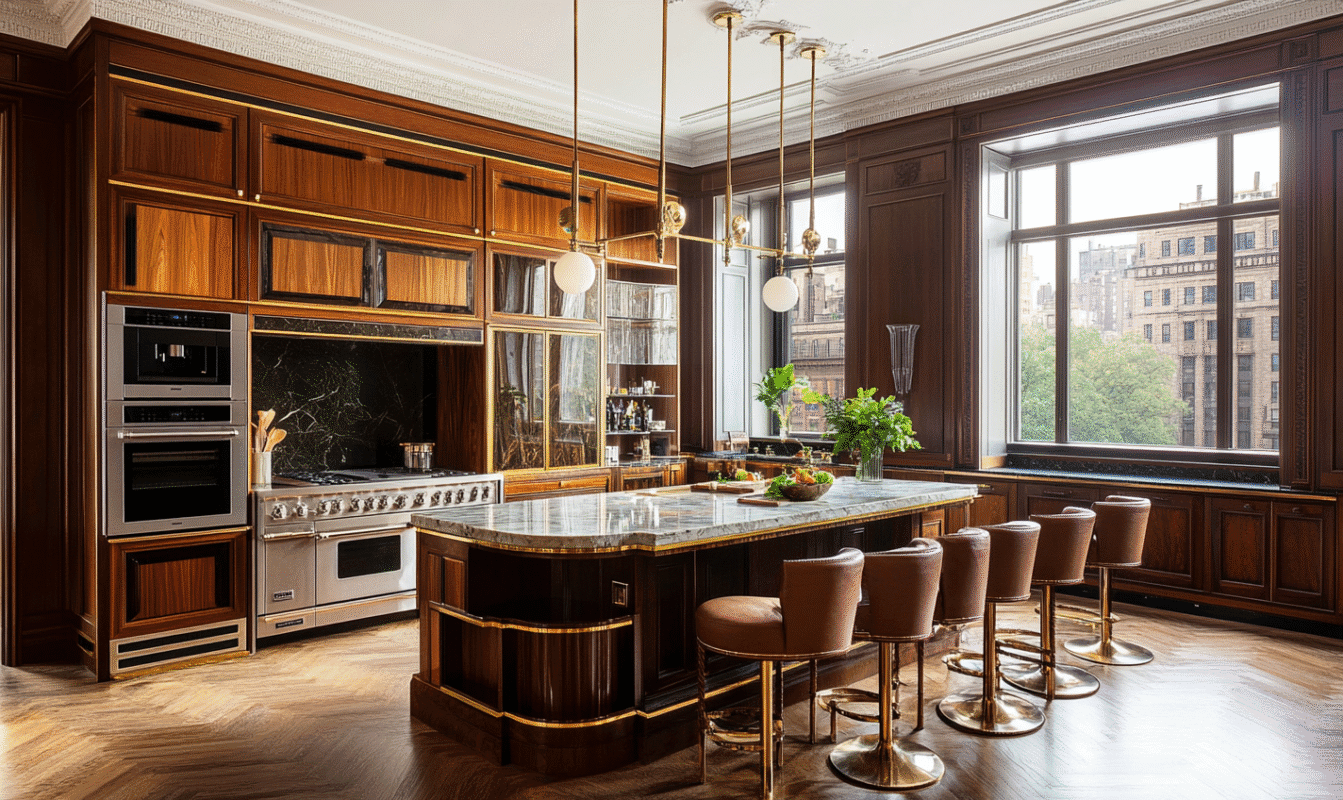
The foundation of successful style blending rests upon recognising that contemporary and traditional design languages share common core principles: functionality, quality materials, and human-centred spaces. In modern kitchen design, we extract the emotional warmth and craftsmanship quality from traditional styles, combining these with the efficiency and streamlined aesthetics of contemporary approaches.
Consider how a traditional Shaker cabinet door profile can be reimagined in sleek, handleless cabinetry, or how the warmth of aged brass hardware can complement ultra-modern appliances. These juxtapositions create visual intrigue whilst maintaining functional coherence.
Key Elements That Bridge Both Styles
Material Selection: Where Heritage Meets Innovation
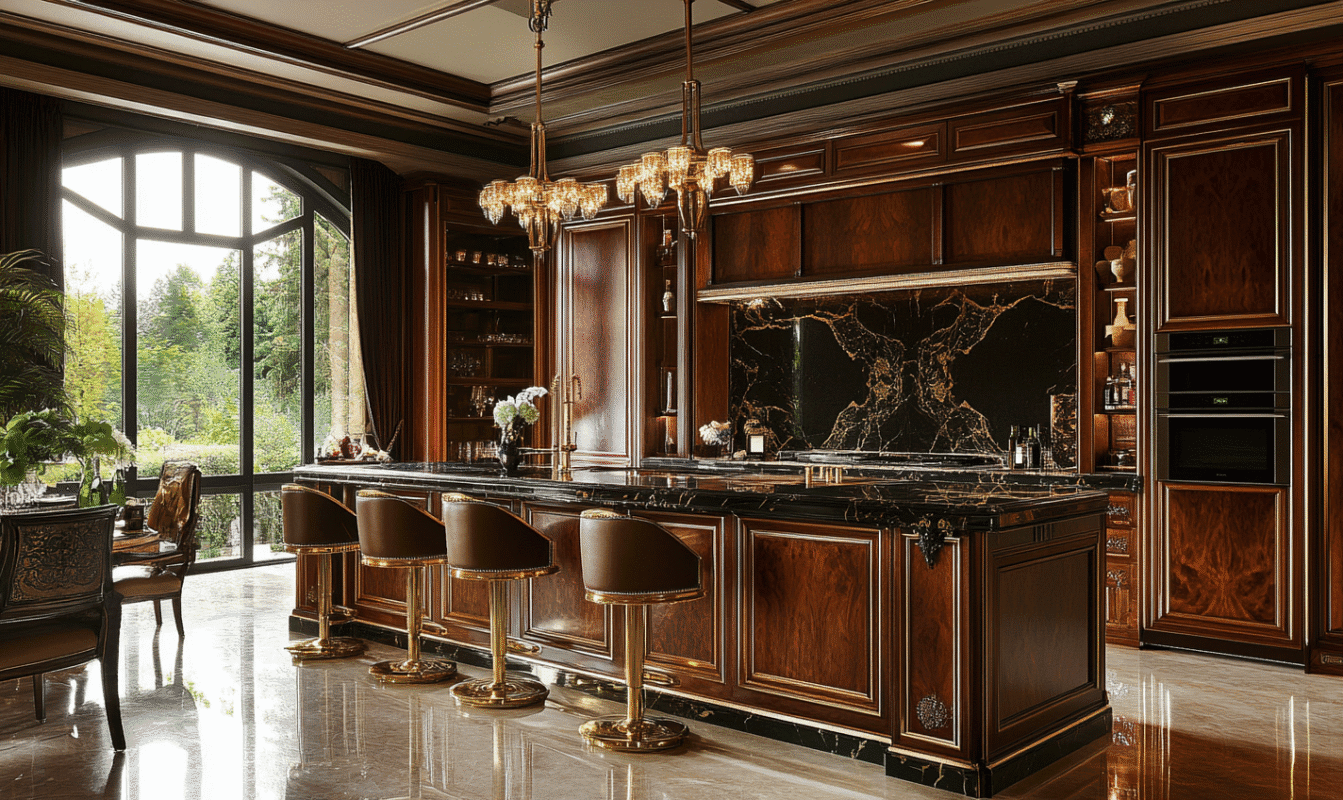
The most successful fusion kitchens employ materials that naturally span both design eras. Natural stone worktops offer the timeless appeal of quarried materials with contemporary fabrication techniques that create seamless, sculptural surfaces.
Reclaimed hardwoods provide another bridge, bringing historical character through their patina whilst being crafted into sleek, contemporary cabinetry profiles. In a recent project, we specified centuries-old oak beams, precision-milled into a simple kitchen design featuring clean-lined islands and minimal hardware.
Quality metals play a crucial role in this material dialogue. Aged brass can ground ultra-modern appliances, whilst brushed stainless steel lends contemporary crispness to traditional cabinet styles. The patina of weathered copper or the subtle sheen of pewter can bridge centuries of design evolution, creating visual continuity between antique and contemporary elements.
Natural textures provide another layer of connection. Hand-forged iron hardware echoes the craftsmanship tradition whilst complementing sleek modern surfaces. These material conversations create depth and authenticity that elevates the entire space beyond mere aesthetic exercise.
Architectural Framework: Creating Visual Dialogue
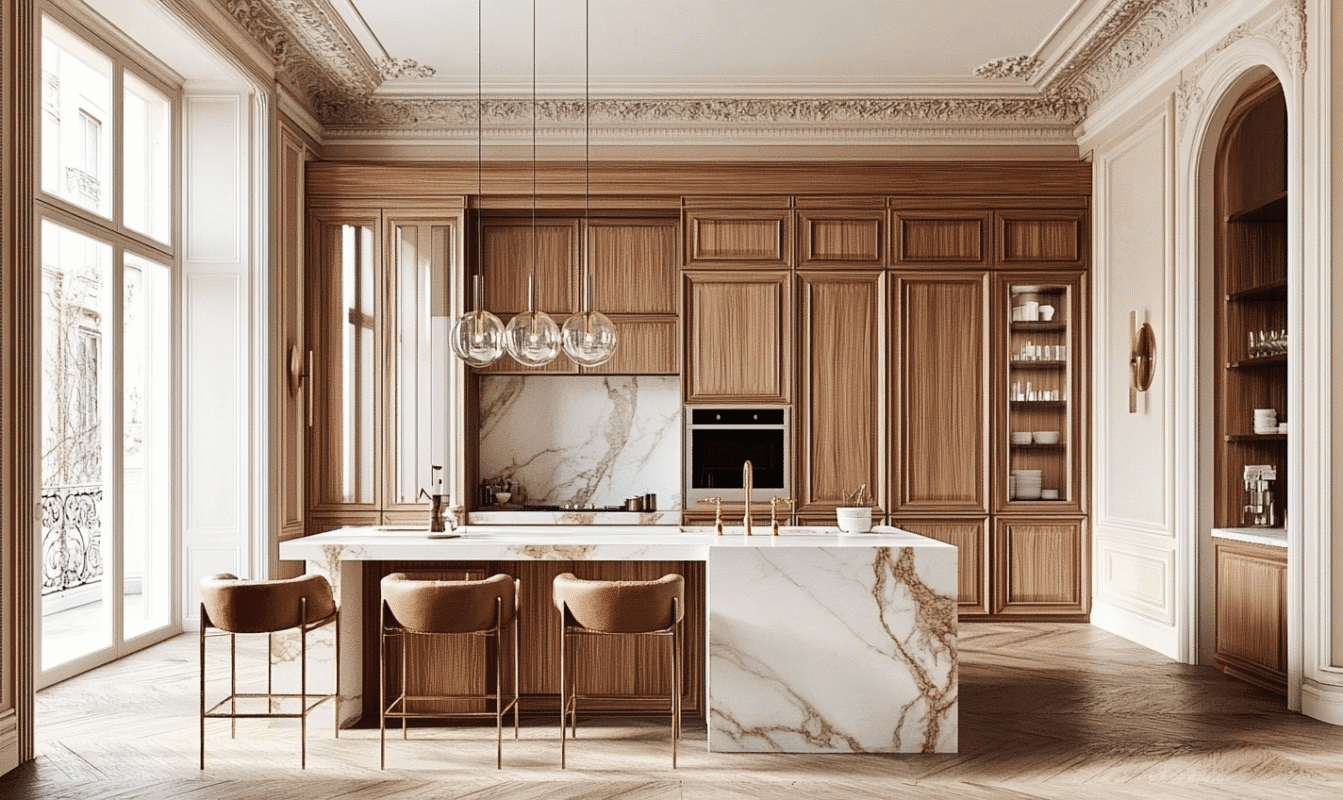
Traditional elements such as exposed ceiling beams or period window configurations can be preserved whilst incorporating contemporary cabinetry within their framework. Open kitchen design concepts work particularly well in fusion spaces, allowing traditional architectural features to flow seamlessly into contemporary living areas.
Consider how a traditional cooking range alcove can house state-of-the-art appliances, or how period windows can frame sleek, handleless cabinetry. These architectural conversations create spaces that feel both rooted and refreshed.
Balancing Proportions and Scale
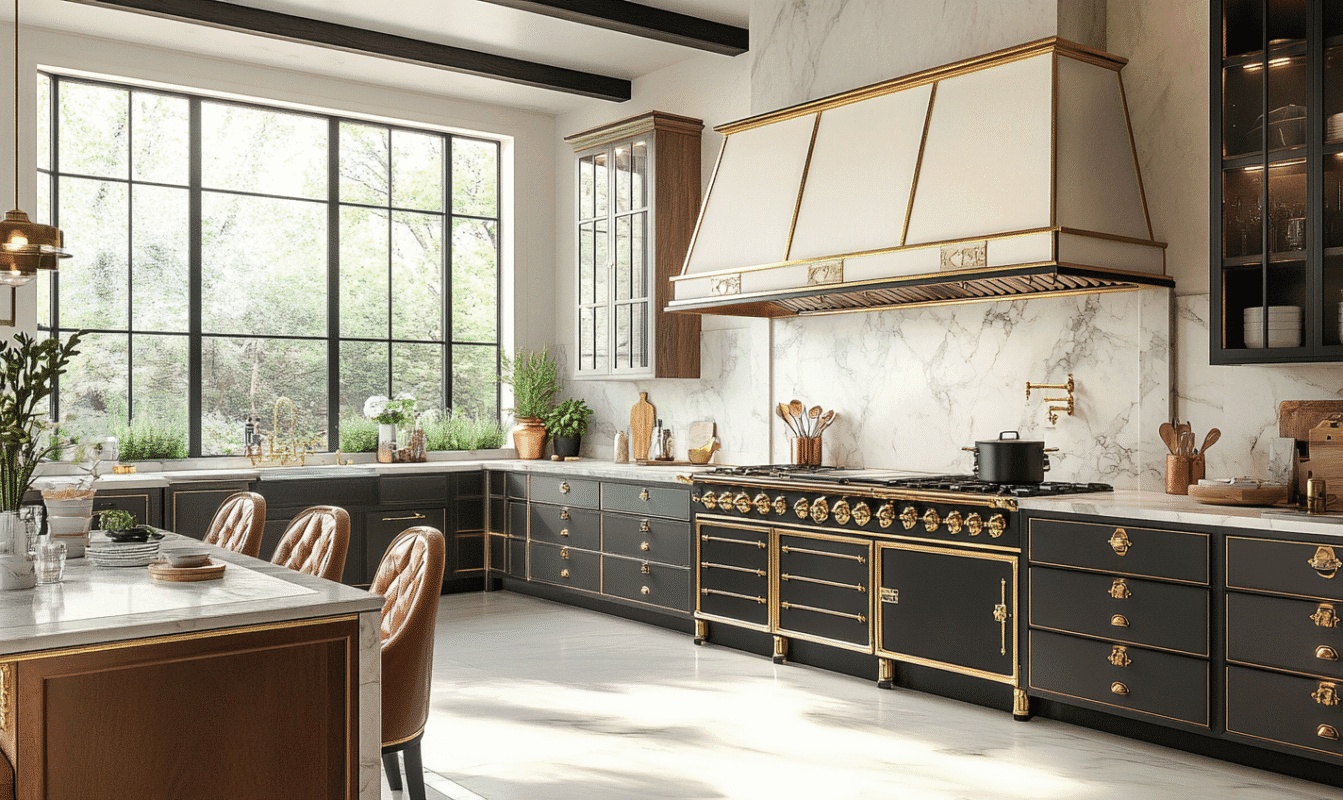
Successful style fusion requires careful attention to proportion and visual weight. Traditional elements carry substantial presence through ornate details and rich materials. Contemporary components achieve impact through clean geometry and functional elegance.
In modular kitchen design, this might involve balancing the substantial presence of a traditional range cooker with sleek, integrated refrigeration. Scale relationships become crucial, as oversized traditional elements can overwhelm contemporary components, whilst minimal modern interventions may appear insignificant alongside substantial period features.
Colour palettes provide effective tools for creating cohesion between contrasting styles. Neutral foundations allow both traditional and contemporary elements to coexist comfortably, whilst strategic colour accents tie disparate elements together.
The interplay of warm and cool tones becomes particularly important in fusion spaces. Traditional elements often carry inherent warmth through natural wood grains and aged metals, whilst contemporary components may introduce cooler stainless steel or stark white surfaces. Balancing these thermal qualities ensures neither style overwhelms the visual composition.
Practical Approaches to Style Integration
The Layered Integration Method
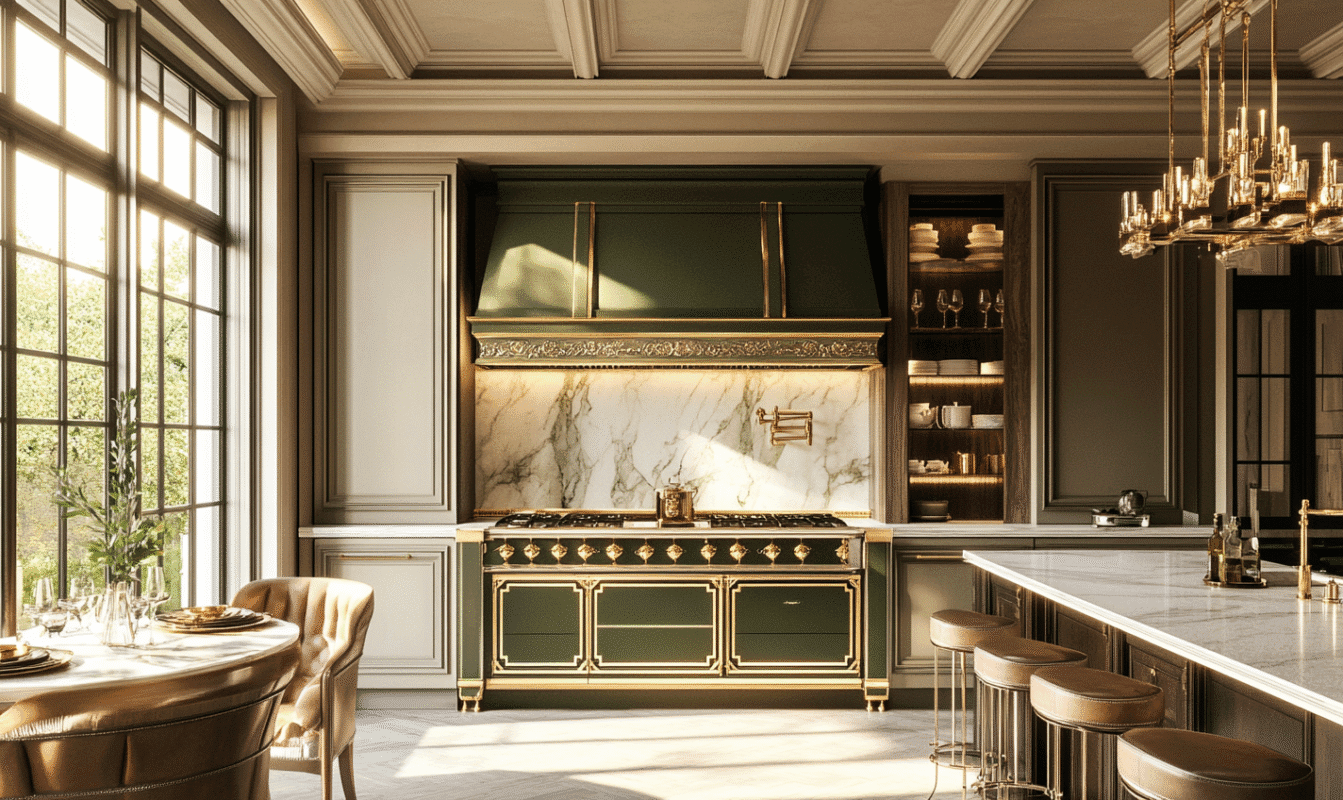
Rather than attempting wholesale fusion across every element, consider a layered approach that introduces stylistic contrast gradually. Begin with a predominantly traditional or contemporary foundation, then carefully introduce elements from the opposing style in strategic locations.
This might involve specifying traditional cabinet profiles with contemporary hardware and lighting, or incorporating a period-style range within an otherwise modern cabinetry scheme.
Zonal Approach: Different Functions, Different Styles
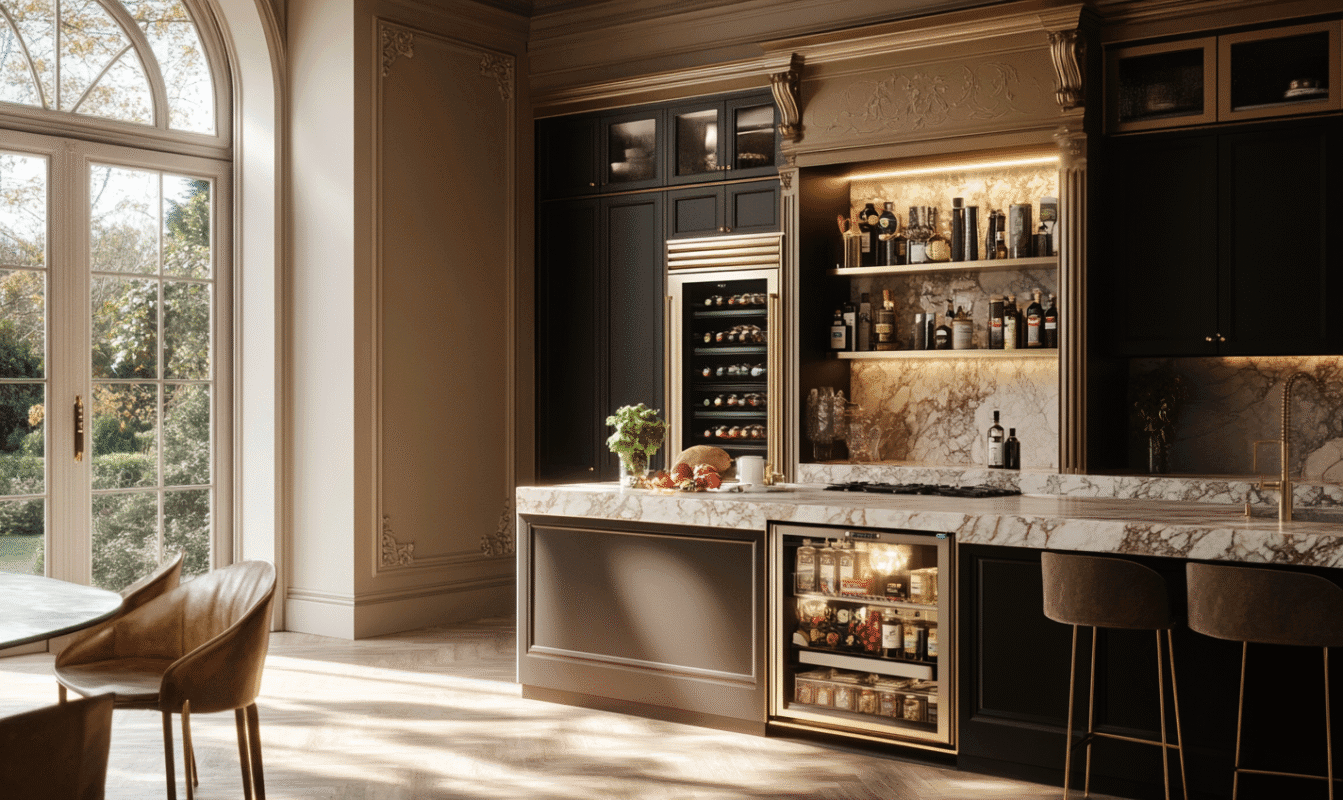
Kitchen design often benefits from recognising that different areas serve different functions and can support different stylistic treatments. The cooking zone might embrace traditional elements that celebrate culinary craft, whilst preparation areas adopt more contemporary, efficiency-focused approaches.
Technology Integration in Fusion Kitchens
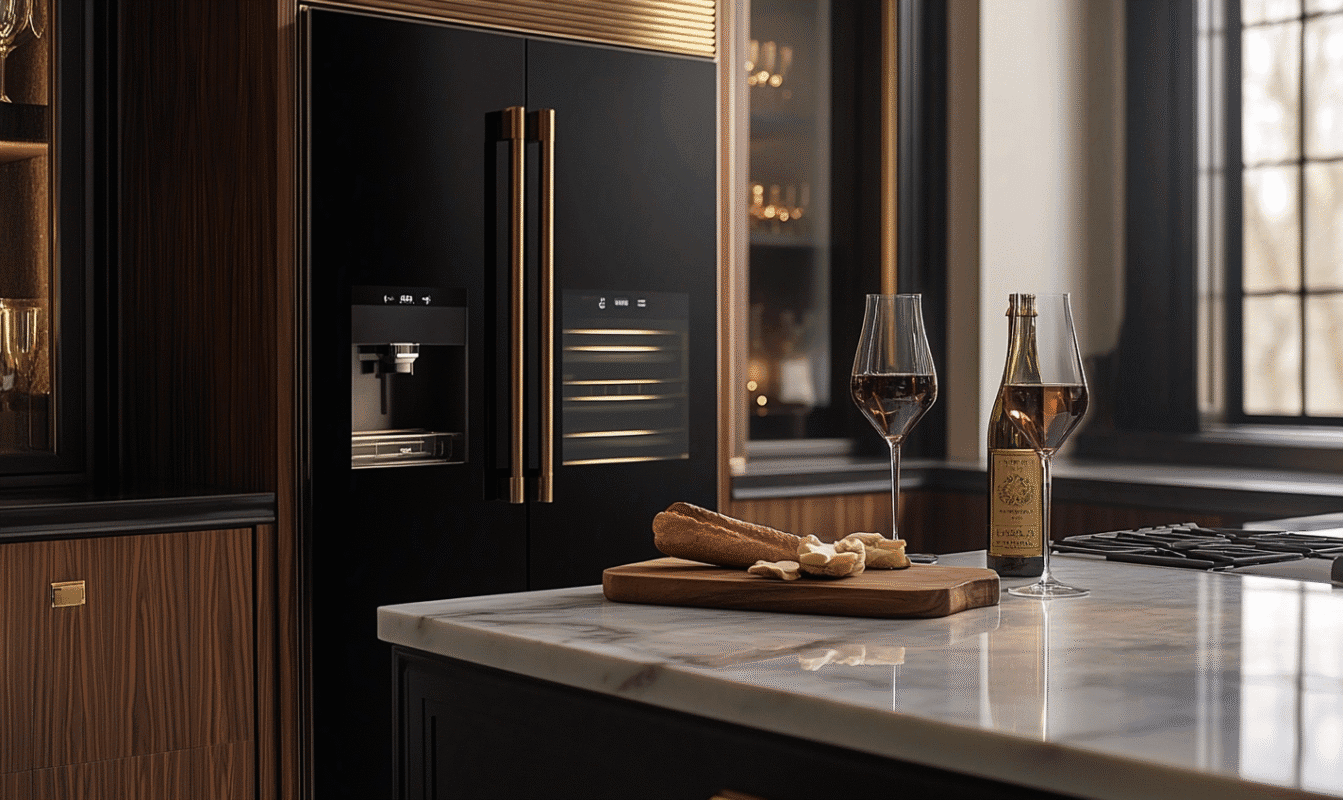
One of the greatest challenges in fusion kitchen interior design involves integrating contemporary technology without disrupting traditional aesthetics. Today’s appliances offer unprecedented integration possibilities, allowing refrigeration to blend seamlessly behind traditional cabinetry panels while providing cutting-edge functionality.
Smart home technology can be seamlessly integrated into traditional frameworks, providing modern functionality without compromising visual appeal. Touch-activated lighting and integrated systems enhance the culinary experience whilst remaining invisible within the traditional aesthetic.
Common Pitfalls and How to Navigate Them
The most frequent error involves attempting to represent both styles equally throughout the space, creating visual chaos rather than harmonious blend. Successful fusion requires one style to provide the dominant framework whilst the other contributes carefully considered accents.
Establish clear design hierarchy early in the planning process. Determine whether your space will be fundamentally traditional with contemporary interventions, or primarily contemporary with traditional warmth and character.
Investment Considerations
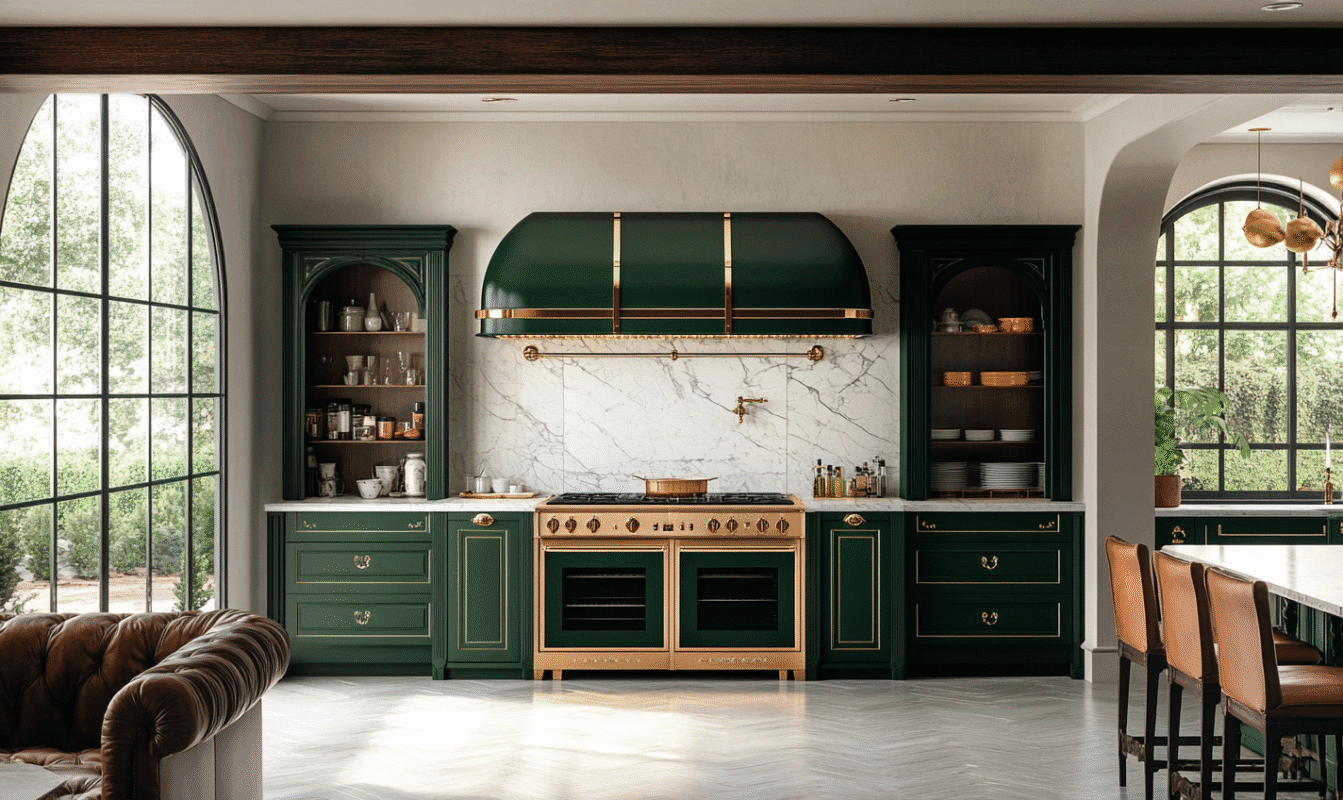
Creating exceptional fusion spaces requires investment in both premium materials and expert craftsmanship. The complexity of balancing contrasting styles demands experienced designers who understand the nuances of both approaches.
Consider the long-term value proposition of fusion design. Successful fusion creates spaces with enduring appeal that transcend passing design trends, particularly important in markets like Dubai where design sophistication is highly valued.
Quality execution in fusion kitchens requires meticulous attention to detail. Every junction between traditional and contemporary elements must feel intentional rather than accidental. This precision demands skilled craftsmen who understand both historical techniques and modern fabrication methods, ensuring seamless integration that will endure for decades.
Creating Your Personal Design Narrative
The most successful fusion kitchens tell a personal story that reflects their owners’ lifestyle, values, and aesthetic preferences. Understanding your personal design narrative helps guide the countless decisions involved in creating a fusion space.
Your kitchen should reflect not just design trends, but your individual relationship with cooking, entertaining, and family life. The most memorable luxury kitchens achieve this personal resonance whilst demonstrating sophisticated design sensibility.
The art of blending contemporary and traditional elements requires both technical expertise and intuitive understanding of how spaces feel and function. When executed thoughtfully, these fusion kitchens create environments that honour the past whilst embracing the future.


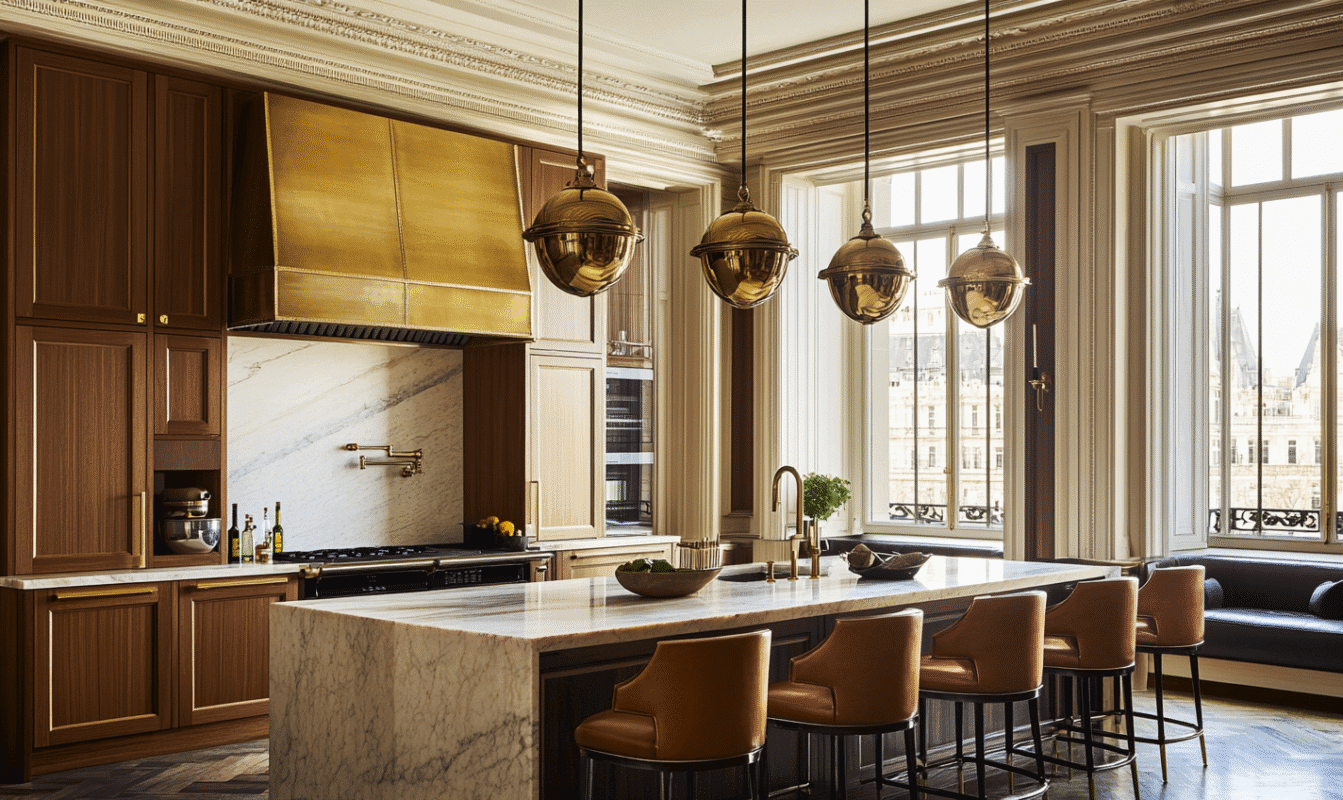
Get in touch
Want to get in touch? We'd love to hear from you. Email us at [email protected]
Sign Up for Newsletter